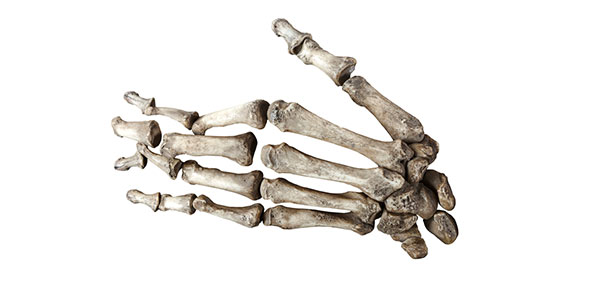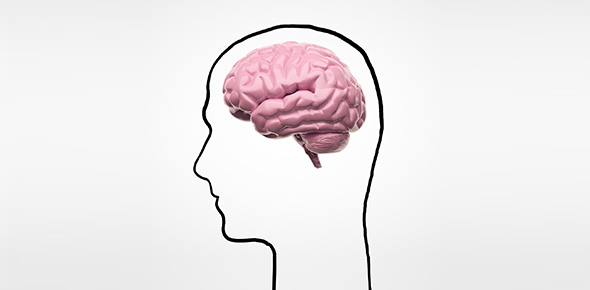Related Flashcards
Related Topics
Cards In This Set
| Front | Back |
|
Process where action potentials in the nerve cell lead to action potentials in the muscle cell
|
Excitation
|
|
Nerve signal gets to synaptic knob stimulates opening of voltage-gated Ca2+channels, calcium flows in to synaptic knob
|
1
|
|
Calcium stimulates exocytosis of about 60 Ach containing vesicles each with about 10,000 Ach molecules
|
2
|
|
Ach diffuses across synapse
|
3
|
|
Two Ach molecules bind to each ligand-gated ion channel on the muscle, Na+ ions diffuse in K+ ions move out, polarity is reversed creating the EPP (end plate potential)
|
4
|
|
Separate voltage-gated ion channels in the membrane near the motor end plate open, Na+ (in) and K+ (out) creating the action potential
|
5
|
|
Events that link the AP on the sarcolemma to the activation of the myofilaments
|
Excitation-Contraction Coupling
|
|
AP's spread from the end plate in all directions down the T-tubules into the sarcoplasm
|
6
|
|
AP's spread down T-tubules, opens Ca2+ channels in the SR, Ca2+ diffuses out into the sarcoplasm
|
7
|
|
Ca2+ binds to troponin on the thin filaments
|
8
|
|
Troponin-tropomyosin complex changes shape and exposes myosin binding sites on the actin filaments.
|
9
|
|
Muscle fibers shorten and create tension (sliding filament theory)
|
Contraction
|
|
Myosin heads have ATP-binding sites and an ATPase, once ATP is hydrolyzed this reorients and energizes the myosin heads
|
10
|
|
Energized myosin heads attach to actin forming the cross bridges and then release the hydrolyzed phosphate from ATP
|
11
|
|
ADP is released and the crossbridge rotates towards the center of the sarcomere (power stroke) generating force as it does pulling the actin thin filament past the thick filament toward the M line
|
12
|






